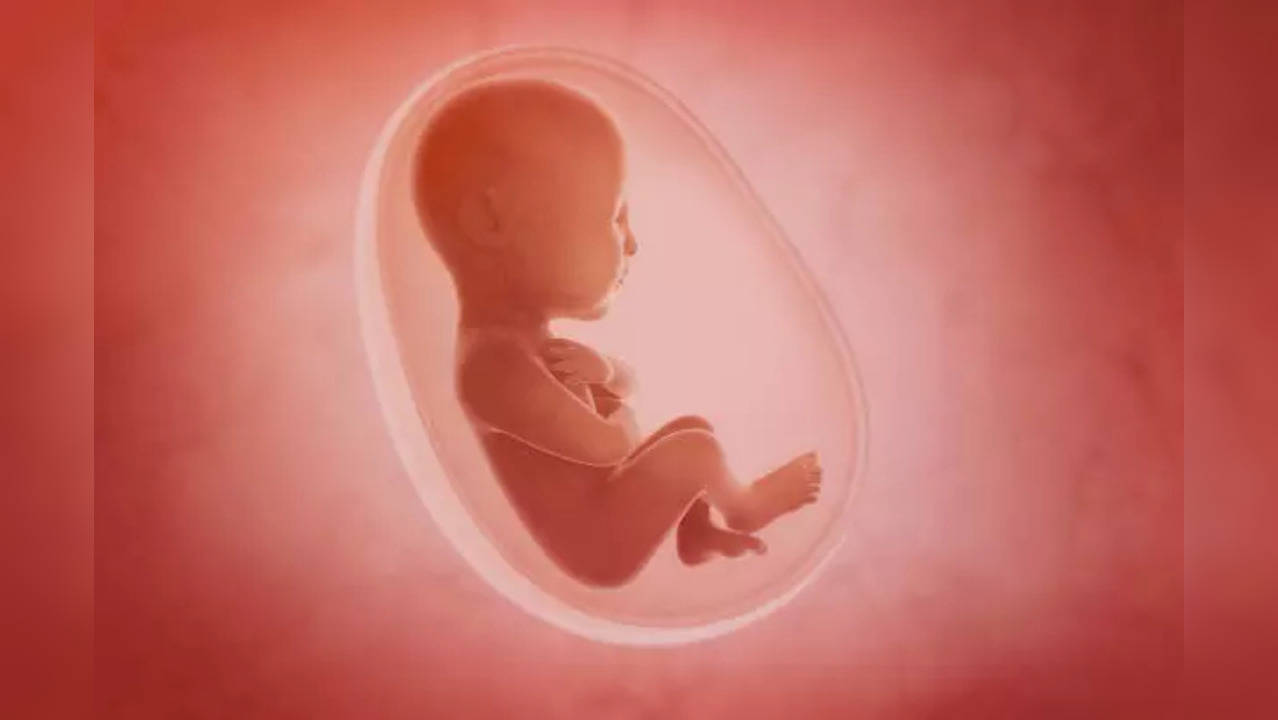BIZARRE! A 2Kg Foetus Develops Inside A 7-Month-Old Boy; What Is Foetus-In-Foetu, A Rare Condition
In a bizarre case that came into light recently, a seven-month-old baby was operated on after he was diagnosed with carrying a 2kg foetus inside his stomach. Doctors said this rare condition, which has only 200 documented cases across the world, came to light in Uttar Pradesh’s Prayagraj, after the parents' baby got worried over his swollen abdomen and took him to a hospital for treatment. Read on to know all about the Foetus-in-Fetu condition, and how it develops.

The parents of the baby were quite worried over the increasingly bloated stomach to which they were given earlier different diagnoses
New Delhi: A mind-boggling, rare case of a foetus developing inside a seven-month-old baby came into light in Uttar Pradesh’s Prayagraj, according to doctors. Media reports said the baby had a foetus-in-foetu condition developing in his stomach, and the 2kg foetus was successfully removed through surgery recently.
Doctors said the parents of the baby were quite worried over the increasingly bloated stomach to which they were earlier given different diagnoses.
However, after an ultrasound was performed at the Sarojini Naidu Children’s Hospital, the doctors found that the baby had a six-month-old foetus, with developing hands, feet, and hair in his stomach.
According to the doctors, the child is completely healthy post-surgery but has been kept under observation.
What foetus-in-fetu condition?
Foetus-in-fetu or FIF, according to health experts, is an extremely rare condition in which one malformed vertebrate foetus is enclosed within the body of its twin. Doctors say less than 200 cases have been reported of this bizarre phenomenon across the world. 1
Initially thought to be a tumour, the FIF in many cases becomes fully developed and is also known as the dominant or autosite twin. According to doctors, the parasitic twin never gets to complete its development and is usually diagnosed even as it has a complete brain or functional heart. FIF twins usually do not share organs with the dominant twin and cannot survive on their own.
In a few the dominant twin looks like a normally developed baby with extra limbs or unrecognizable protrusions. Without treatment, the twin can also cause severe health problems from the efforts of supporting the parasitic twin.
How does FIF develop?
According to studies, even though the cause behind FIF is not fully clear, researchers have a lot of documented cases, all of which are unique.
Research says identical twins come from a single fertilized egg that splits in two shortly after fertilization, resulting in two separate foetuses. If the egg fails to fully separate, it forms conjoined twins.
In many cases, one of the foetuses is also partially absorbed by the other in early pregnancy and later becomes parasitic. The other twin continues to develop normally and becomes dominant.
Ways to diagnose FIF
Doctors say since there are symptoms for FIF, it can only be diagnosed through regular checkups done during pregnancy. A lot also depends on the positioning and extent of the developmental abnormality as can be seen on imaging tests like:
- Ultrasound
- CT scan
- MRI scan
- Foetal echocardiography
Disclaimer: Tips and suggestions mentioned in the article are for general information purposes only and should not be construed as professional medical advice. Always consult your doctor or a dietician before starting any fitness programme or making any changes to your diet.
Trending:
End of Article
Subscribe to our daily Lifestyle Newsletter!
Related News





Is It Bad to Drink Coffee on an Empty Stomach? Here's The Truth

Vampire Facial Infects Three Women With HIV In The US

8 Best Yoga Poses To Get Relief From Frozen Shoulder

WHO Says COVID-19 Worsened The ‘Silent’ Spread Of Antimicrobial Resistance

Does Walking After Meals Benefit Your Health?








